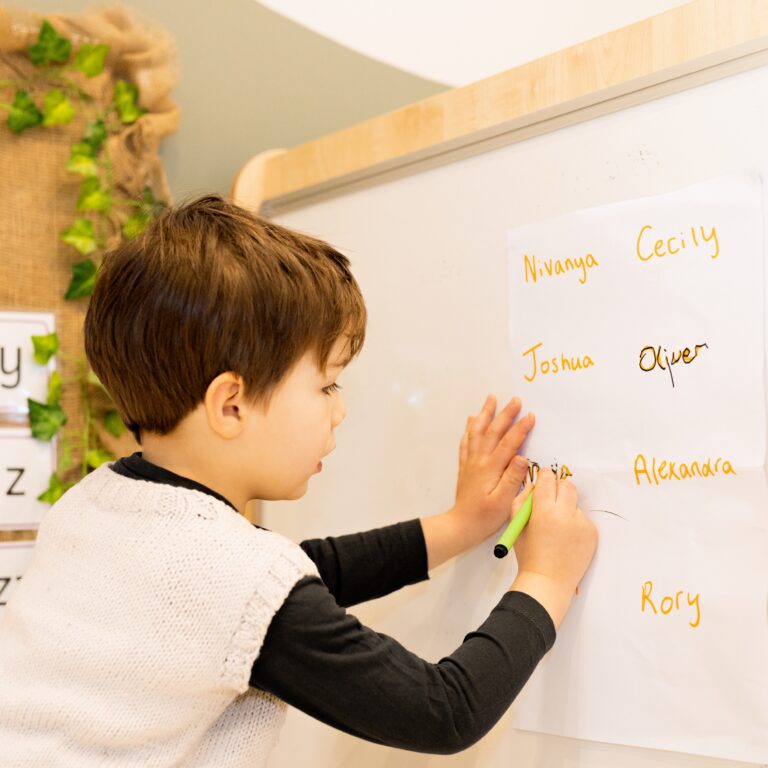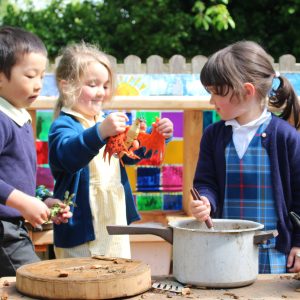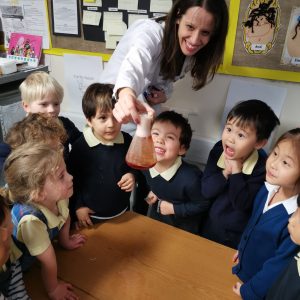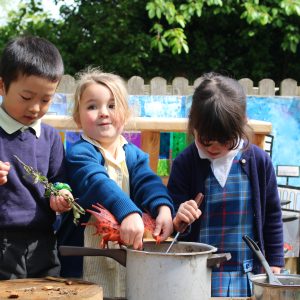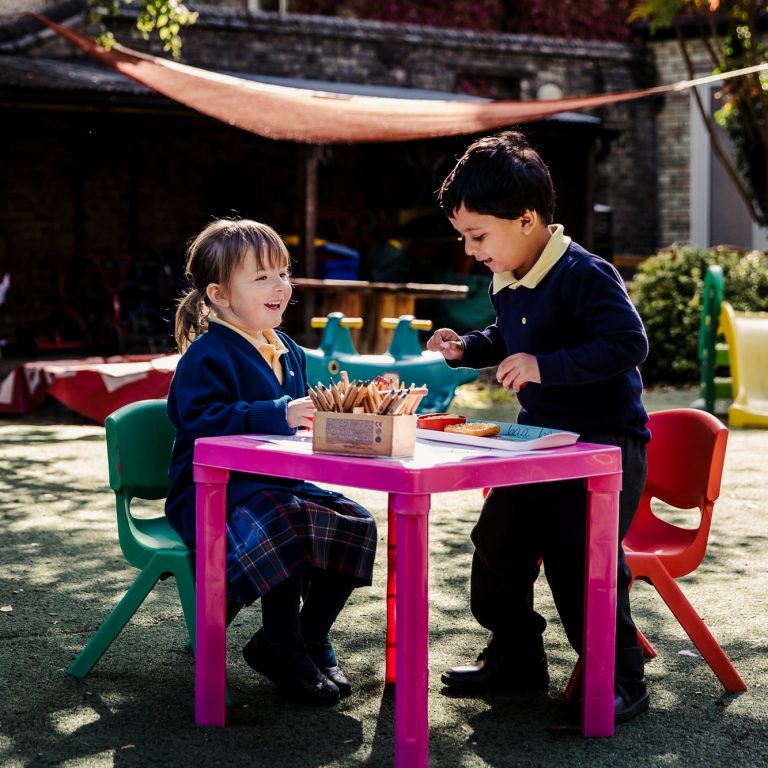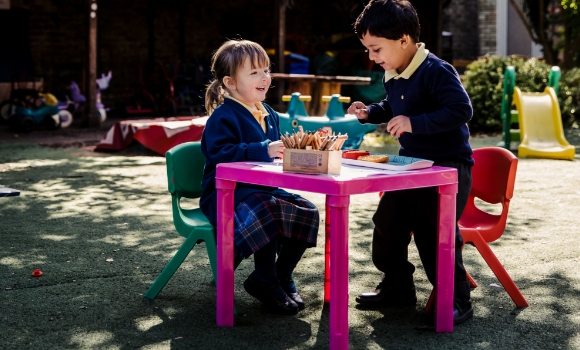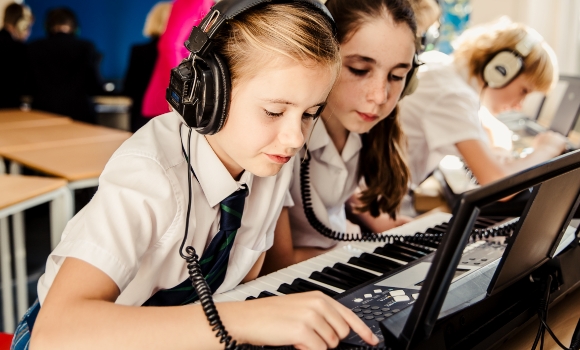In your child’s early years, we focus on their personal, social and emotional development and communication and languages. As they progress we work to expand their knowledge of Literacy, Maths, Creative Arts and Design, as part of a broad, challenging and stimulating curriculum.
By providing access to a wide range of activities your children will be able to; discover their passions, challenge themselves, succeed and fail in a safe environment and gain a breadth of knowledge from a provision that instils curiosity, promotes mastery and nurtures the whole child as they discover the world around them. Moving above and beyond, we offer enrichment opportunities in Makaton, Spanish, music, STEM activities, yoga, baking and much more.
We build on the children’s previous knowledge and experiences. We assess this through information given from parents/carers, observations and any written reports from previous settings (where applicable). We identify individual special educational needs and then plan our provision to meet the needs of the children taking into consideration the Early Years curriculum.
Activities are planned with individual children in mind as well as the grouping of the children in each session. We value the process of learning rather than the end product. We provide appropriate materials and equipment and teach skills necessary for their use; praising and encouraging children to build up confidence. We reflect on our provision and monitor the children’s learning closely. A balance of planned and child-initiated activities ensures the children are fulfilled and enriched and very much experience a bespoke learning journey at Sancton Wood.




